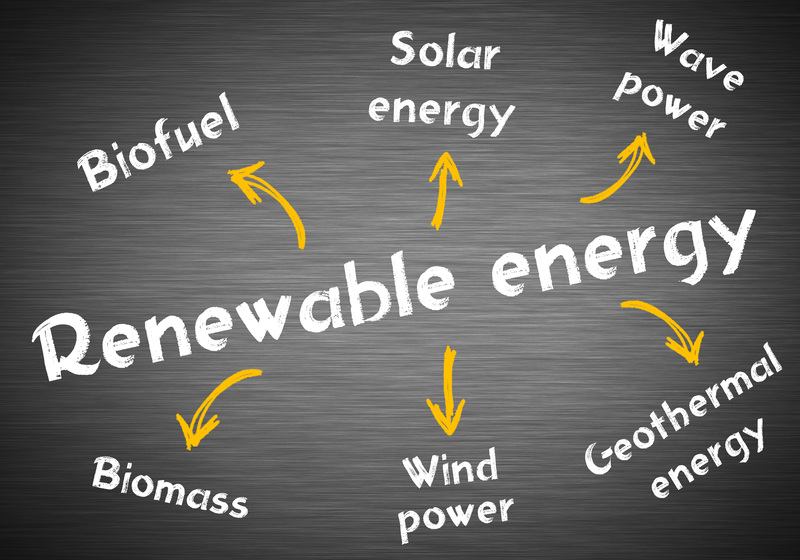In our digital era, electronic waste, or e-waste, has emerged as one of the fastest-growing waste streams worldwide. The rapid pace of technology adoption, coupled with frequent upgrades and the short lifespan of electronic devices, has culminated in a surging pile of obsolete gadgets. E-waste recycling presents a pivotal opportunity to address environmental concerns, conserve valuable materials, and reduce waste. This article delves into the compelling eco-benefits of e-waste recycling and why it's crucial for our sustainable future.
Understanding E-Waste
Before we explore the advantages of e-waste recycling, it's essential to understand what constitutes e-waste. E-waste encompasses a wide range of discarded electronic appliances and gadgets, including:
- Smartphones and tablets
- Laptops and computers
- Televisions and monitors
- Household appliances like refrigerators and microwaves
- Batteries and cables
E-waste contains a plethora of recyclable materials, such as metals, plastics, and glass, as well as potentially hazardous substances like lead, mercury, and cadmium. Recycling e-waste ensures that these components are reused, reducing the need for virgin materials and preventing harmful substances from leaching into the environment.

The Environmental Impact of E-Waste
The environmental repercussions of unmanaged e-waste are profound. When improperly disposed of, e-waste can lead to:
1. Soil and Water Contamination
Hazardous materials from e-waste can seep into the soil and waterways, posing significant risks to human health and ecosystems. These contaminants can affect crop production, pollute drinking water, and harm aquatic life.
2. Air Pollution
Burning e-waste releases toxic fumes, contributing to air pollution and respiratory problems. The open-air burning of these materials is prevalent in informal recycling sectors, especially in developing countries.
3. Resource Depletion
The production of electronic devices requires an array of natural resources, including rare earth metals and fossil fuels. Continuous mining and extraction practices deplete these resources, leading to environmental degradation and habitat destruction.
The Eco Benefits of E-Waste Recycling
To combat the environmental impact of e-waste, recycling offers numerous eco-friendly advantages that are vital for a circular economy:
Conservation of Resources
E-waste recycling aids in conserving resources by recovering valuable materials. Metals like gold, silver, and copper can be extracted and repurposed, reducing the demand for new raw materials. This recovery process diminishes environmental degradation, cuts down on energy consumption, and reduces greenhouse gas emissions associated with mining and processing metals.
Reduced Environmental Pollution
By promoting e-waste recycling, it is possible to minimize pollution. Proper recycling practices prevent hazardous chemicals from contaminating the environment, and innovative recycling technologies designed for safe material recovery can mitigate the release of toxic substances.
Energy Efficiency
Recycling metals from e-waste is significantly more energy-efficient compared to new metal production. For example, recycling aluminum saves up to 95% of the energy required to produce new aluminum from raw ore. This energy-saving aspect of e-waste recycling plays a substantial role in reducing the carbon footprint of electronic manufacturing.
Job Creation
The e-waste recycling industry is ripe with potential for job creation. Recycling facilities and the burgeoning repair sector contribute significantly to economic development by creating green jobs and micro-enterprises. These opportunities provide employment in various stages of the recycling process, from collection and sorting to materials recovery and refurbishment.
Promoting a Circular Economy
An effective e-waste recycling system supports the transition toward a circular economy. Instead of the traditional linear model of "take, make, dispose," a circular economy emphasizes continuous resource use and minimizes waste. By extending the life cycle of electronic products through recycling and refurbishment, we move closer to achieving sustainable developmental goals.

Challenges and the Way Forward
Challenges in E-Waste Recycling
Despite its benefits, e-waste recycling poses several challenges, including:
- Inadequate recycling infrastructure and facilities
- Lack of awareness and education on proper e-waste disposal
- High cost of recycling processes
- Limited execution of e-waste legislation and policies
The Path to Sustainable Solutions
To address these challenges and enhance the effectiveness of e-waste recycling, several strategies must be implemented:
- Policy Development: Strong regulations and policies can propel sustainable recycling practices. Governments need to enforce legislation that mandates responsible e-waste management and encourages producers to adopt eco-friendly designs.
- Public Awareness Campaigns: Educating the public about the benefits of e-waste recycling can improve participation rates in recycling programs. Initiatives should emphasize the importance of proper disposal and the ecological implications of e-waste.
- Technological Innovations: Innovative recycling technologies that enhance the efficiency of material recovery can drive down costs and improve the profitability of the recycling sector.
- Global Collaboration: International cooperation and partnerships can bolster e-waste recycling efforts by sharing best practices and technologies and facilitating the transfer of knowledge.
Conclusion
E-waste recycling is an indispensable component of sustainable environmental management. The practice not only conserves valuable resources but also mitigates pollution, reduces energy consumption, and fosters economic opportunities. By addressing existing challenges and embracing strategic solutions, we can revitalize resources and safeguard the planet for future generations. Reviving resources through e-waste recycling is not just an environmental necessity but a pivotal step toward a more sustainable future.